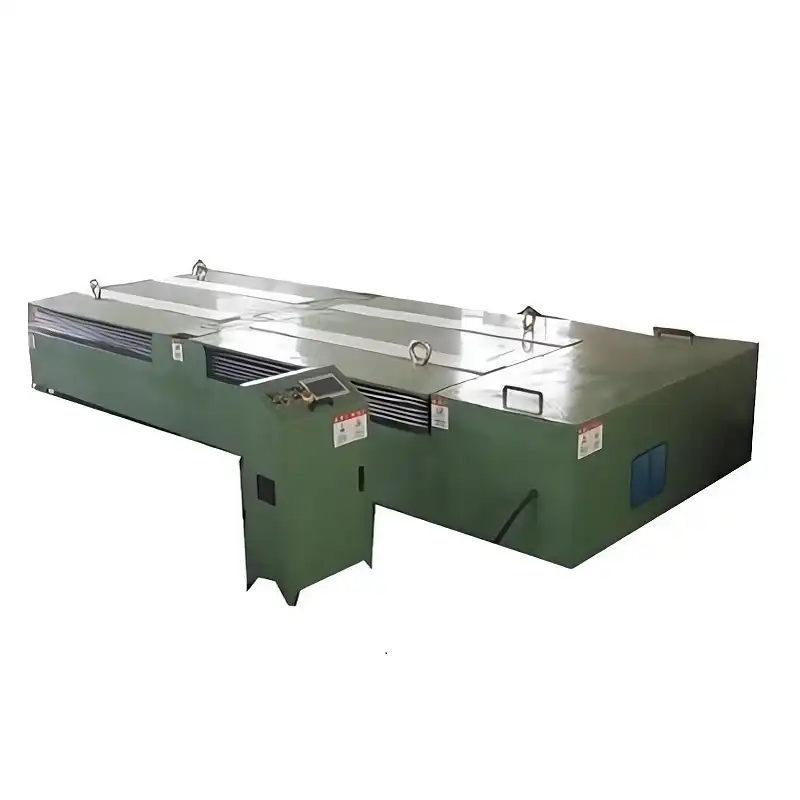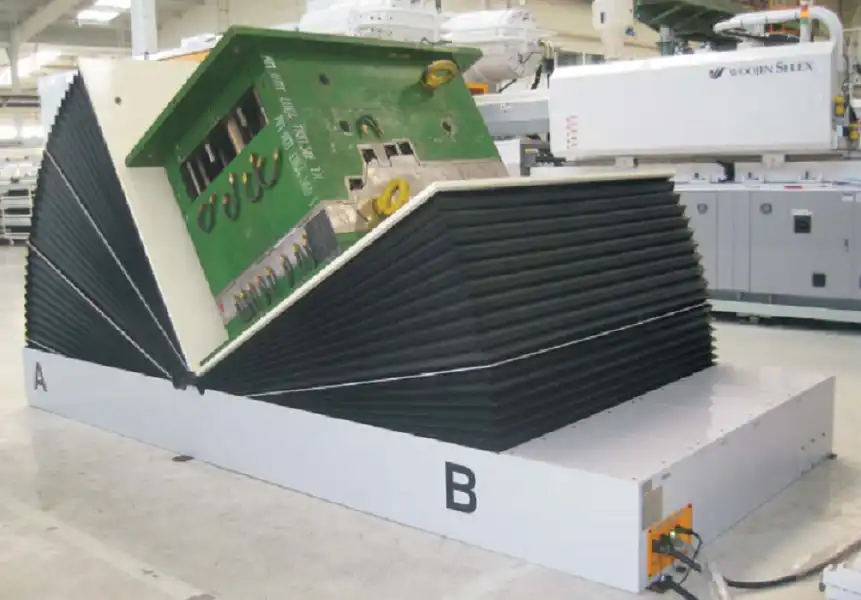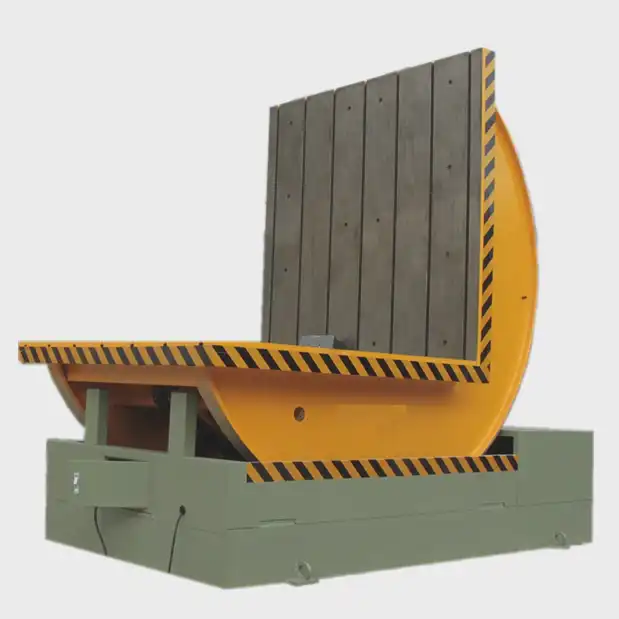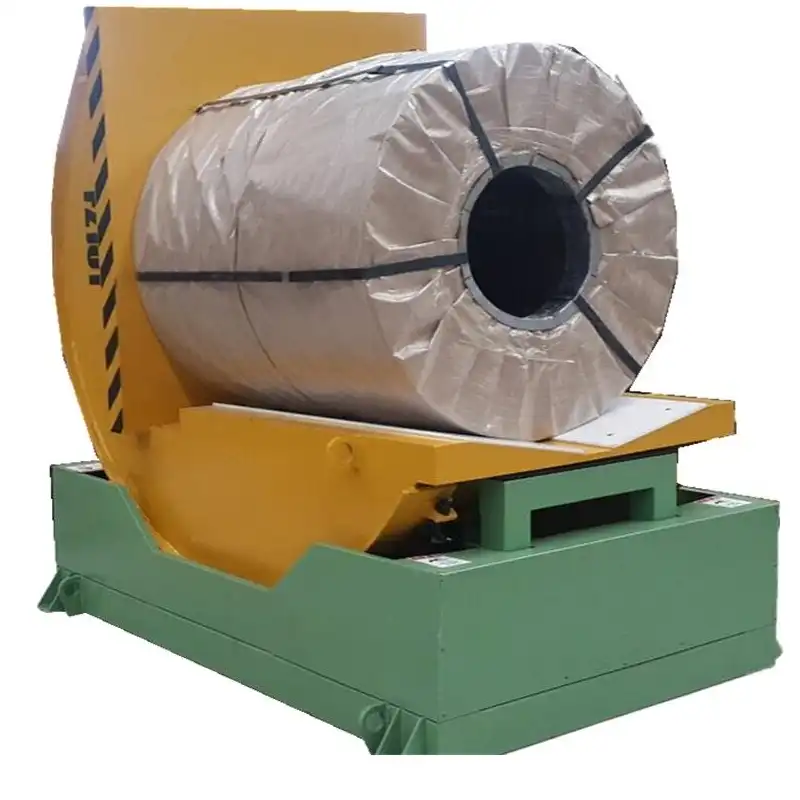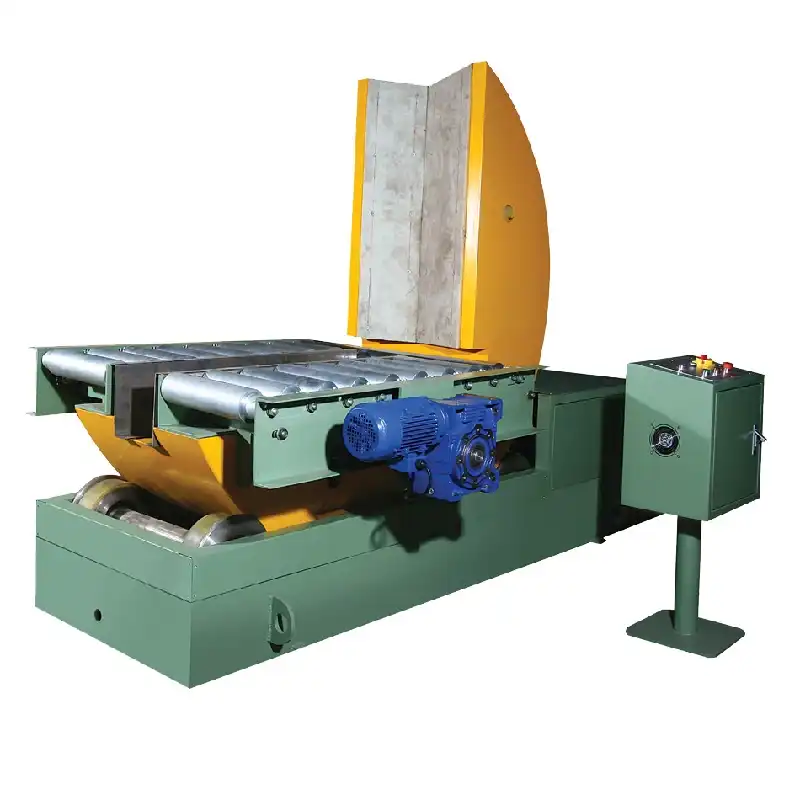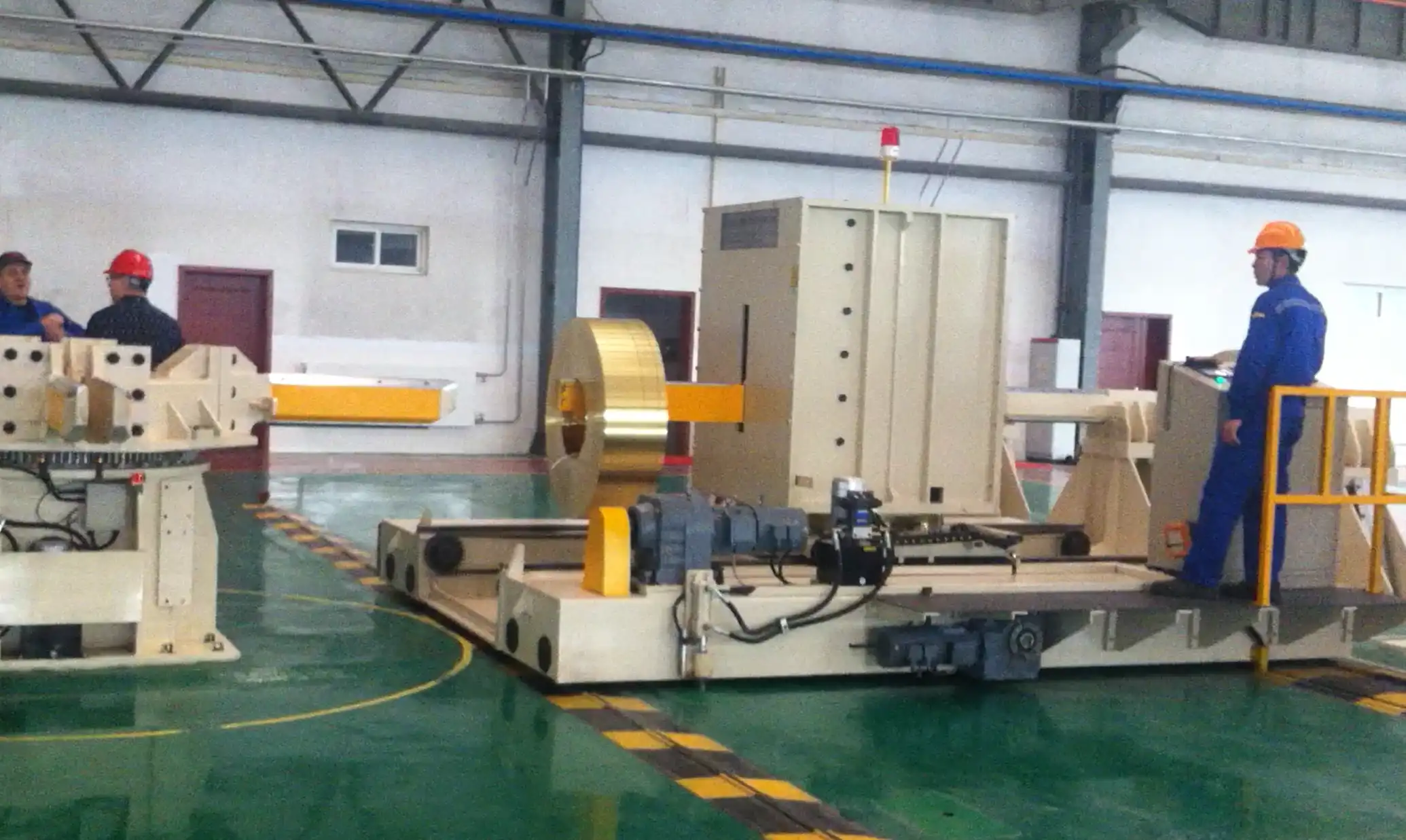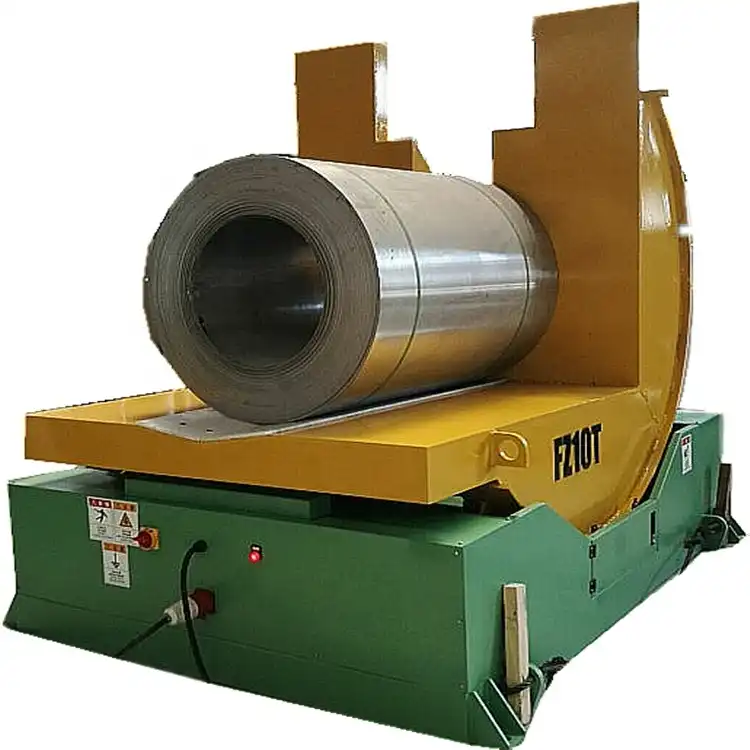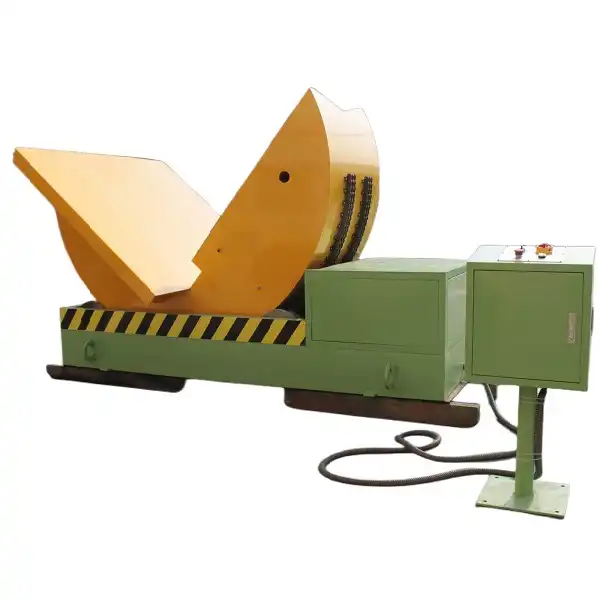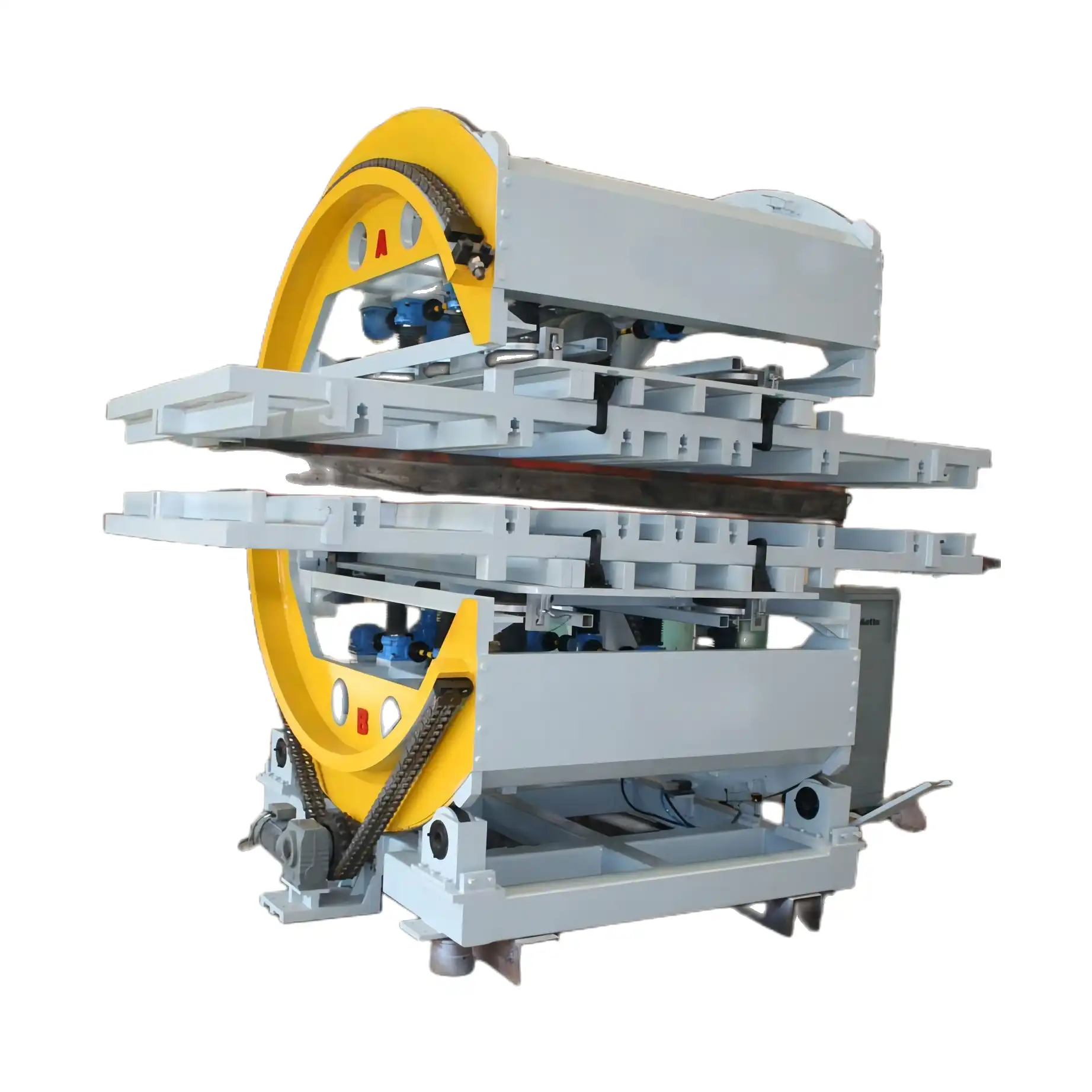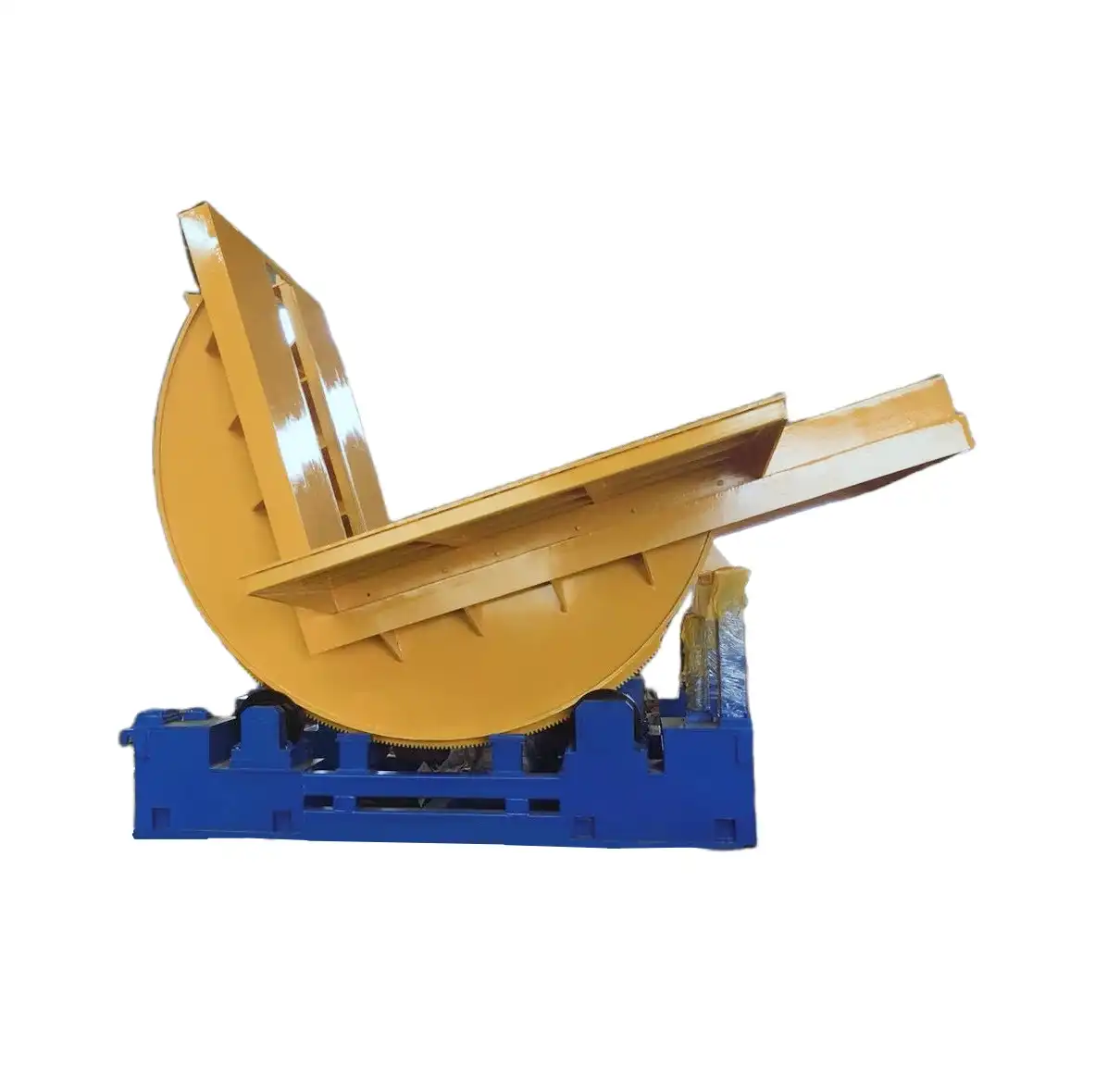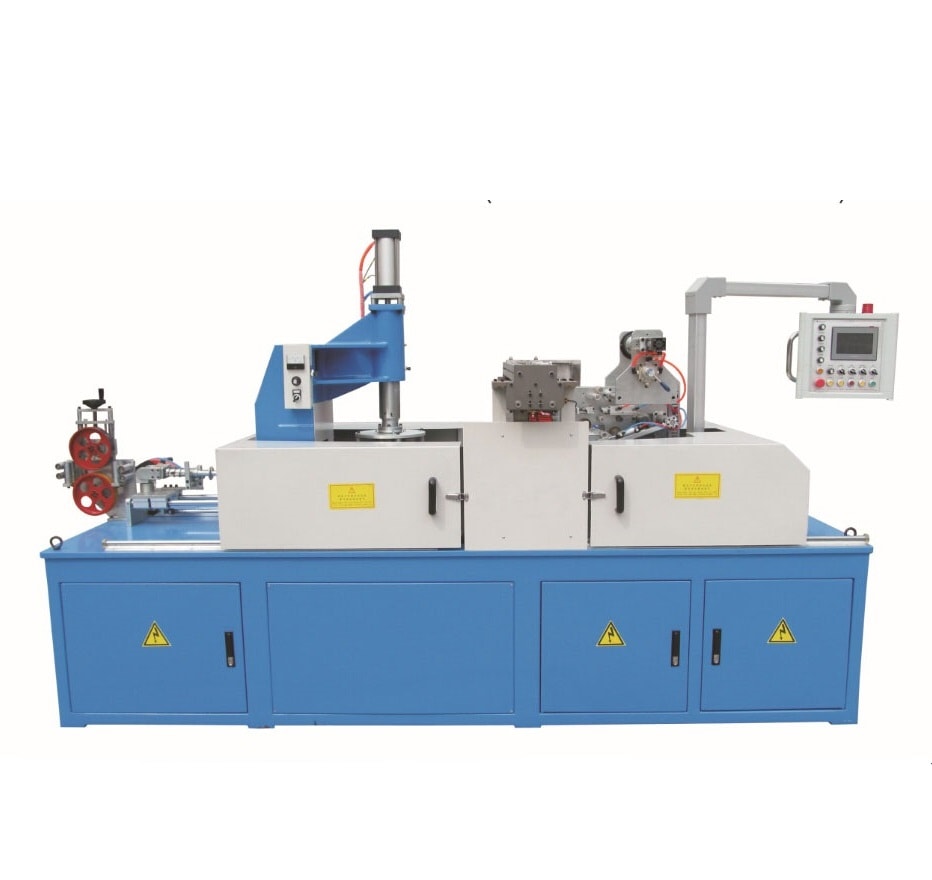Cost vs. Performance: How to Choose the Right Hydraulic Die Mold Upender
In industries that rely heavily on die and mold handling, such as automotive manufacturing, metalworking, and plastic molding, hydraulic die mold upenders are essential tools. These machines are designed to tilt or flip heavy dies and molds with precision, ensuring the safety of workers and protecting valuable equipment. However, choosing the right upender involves a delicate balance between cost and performance. It’s important to invest in a solution that meets operational needs without overpaying for unnecessary features or sacrificing long-term reliability.
In this article, we will delve into the key factors that influence both cost and performance when selecting a hydraulic die mold upender. By the end, you will have a clear understanding of how to make an informed decision that enhances efficiency while staying within budget.
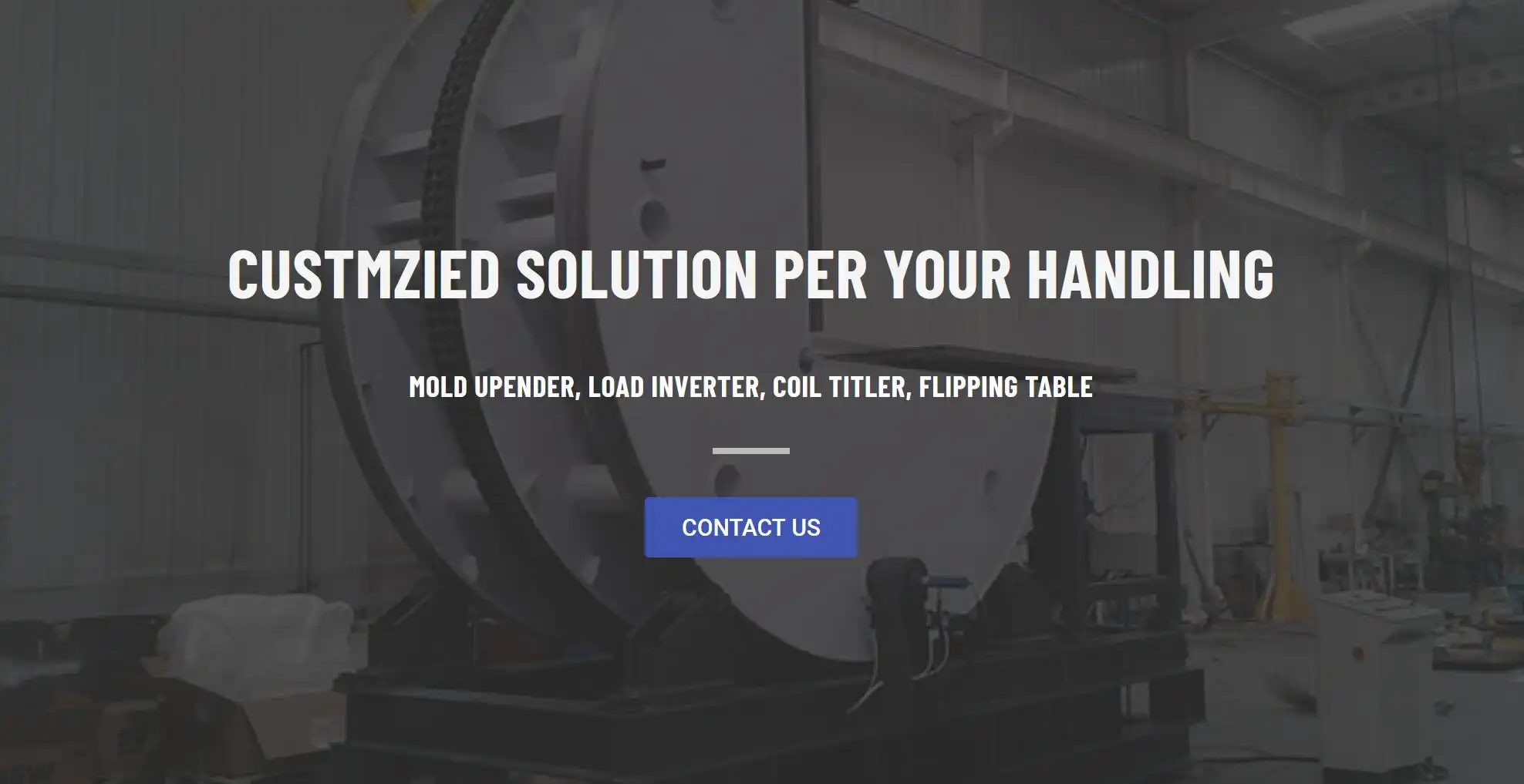
1. The Role of Hydraulic Die Mold Upenders in Manufacturing
Hydraulic die mold upenders play a crucial role in industries where handling heavy, bulky molds is part of daily operations. These machines are used to flip or rotate dies and molds safely, preventing the need for manual labor and minimizing the risk of damage to expensive molds.
Manual handling of these components can lead to accidents, equipment damage, or costly production delays. By automating the flipping process, hydraulic upenders provide a reliable, safe, and efficient way to manage molds during maintenance, transport, or retooling.
Upenders are available in various sizes and capacities, from smaller models designed for lighter molds to large, heavy-duty upenders that can handle multi-ton dies. Understanding the specific needs of your operation will help in making the right investment that balances both cost and performance.
2. Understanding the Cost Factors in Hydraulic Die Mold Upenders
The cost of a hydraulic die mold upender can vary significantly depending on several factors. When evaluating these machines, it’s important to understand the components that drive up costs and how they relate to overall performance.
A. Load Capacity
One of the most significant factors influencing the cost of a hydraulic upender is its load capacity. Upenders with higher load capacities are generally more expensive because they require stronger frames, larger hydraulic systems, and more advanced safety features. While it might be tempting to choose a model with a lower load capacity to save money, it’s crucial to ensure that the machine can safely handle the weight of the dies and molds you work with regularly.
Overloading an upender can lead to breakdowns or accidents, ultimately costing more in repairs or replacements than the initial savings. It's essential to match the load capacity with your operational requirements to avoid these issues.
B. Automation and Control Features
Another factor that can significantly affect the cost is the level of automation and control. Basic hydraulic upenders that require manual input for each operation are typically less expensive than those equipped with advanced automation features. However, automated upenders offer several advantages, including programmable control systems, precision movement, and reduced operator error.
Automation can enhance productivity, especially in high-volume environments where time is a critical factor. Fully automated upenders can be integrated into production lines, further improving efficiency by reducing the time needed for manual intervention. While these features add to the upfront cost, they often lead to long-term savings through increased productivity and fewer operational errors.
C. Safety Features
Safety should never be overlooked when choosing a hydraulic die mold upender. Models with advanced safety features such as emergency stop buttons, load-sensing technology, and automatic locking mechanisms may come at a higher price but offer substantial benefits in terms of preventing accidents and ensuring smooth operation.
Cheaper models may lack some of these essential safety features, putting both workers and equipment at risk. Investing in a machine with adequate safety systems is not only a regulatory requirement but also a smart way to protect your investment and workforce.
3. Evaluating Performance: Key Metrics for Hydraulic Die Mold Upenders
When evaluating the performance of a hydraulic die mold upender, several key metrics must be considered. These performance indicators will help determine whether the machine meets the operational demands of your facility while also justifying its cost.
A. Speed and Efficiency
The speed of the upender is a critical factor, particularly in environments where high productivity is essential. Machines that can flip molds quickly without compromising safety or precision are more valuable in high-volume operations. The efficiency of the upender also plays a role in overall performance—efficient machines require fewer operators, reduce manual handling time, and minimize downtime between flips.
Hydraulic upenders with advanced control systems allow operators to adjust the speed and angle of flips based on the mold’s specific requirements, further enhancing operational efficiency.
B. Load Distribution and Stability
Performance is also measured by the machine's ability to handle loads stably. When dealing with heavy molds, maintaining stability throughout the flipping process is crucial to avoid damaging the mold or the machine. High-performance upenders are designed with load-balancing systems that ensure the mold remains secure and stable during the flip, even at higher speeds.
Models that offer programmable rotation and precise load control provide greater versatility and reliability, especially when handling molds of varying sizes and weights.
C. Durability and Long-Term Performance
The durability of a hydraulic upender is another key performance metric. A high-performance machine should be built to withstand continuous use in harsh industrial environments without frequent breakdowns. Look for models constructed with heavy-duty materials, such as reinforced steel frames, and equipped with wear-resistant components.
Choosing a model that offers reliable long-term performance is essential for reducing maintenance costs and preventing costly downtime. While durable machines may come with a higher initial price tag, they often provide a better return on investment (ROI) over time.
4. Striking a Balance: Cost vs. Performance
When choosing a hydraulic die mold upender, the goal is to find a solution that balances both cost and performance. Investing in the most expensive model does not necessarily guarantee the best performance, and opting for the cheapest option can lead to underperformance and higher long-term costs.
A. Assessing Your Specific Needs
Before making a decision, it's essential to assess the specific needs of your operation. Consider factors such as:
-
Frequency of use: How often will the upender be used in your facility? If it’s a critical part of your daily operations, investing in a higher-performing model with advanced features may be justified.
-
Mold size and weight: The size and weight of the molds you handle will dictate the load capacity and performance requirements of the upender.
-
Production speed: If your operation prioritizes high-speed production, an automated model that can keep up with demand will offer better long-term value.
By matching the upender’s capabilities with your operational requirements, you can strike the right balance between cost and performance.
B. Considering Long-Term Savings
It’s important to consider not only the upfront cost but also the long-term savings that come with investing in a higher-performing machine. A hydraulic upender that offers greater efficiency, reliability, and durability will reduce maintenance costs, minimize downtime, and improve overall productivity.
For example, a fully automated upender with programmable controls may be more expensive initially, but it will save money in labor costs and reduce the risk of operator error, leading to fewer production delays and increased throughput.
5. Customization and Flexibility in Hydraulic Upenders
One of the advantages of modern hydraulic die mold upenders is the ability to customize and tailor the machine to specific operational needs. This flexibility is especially important when considering the cost vs. performance balance.
A. Adjustable Load Capacities
Some upenders offer adjustable load capacities, allowing manufacturers to handle a wider range of mold sizes and weights. This adaptability ensures that the upender can continue to meet production demands as the business grows or as new molds are introduced.
B. Integration with Other Machinery
Another factor to consider is how well the upender integrates with your existing equipment and production lines. Machines that can seamlessly integrate with conveyors, robots, or automated guided vehicles (AGVs) enhance the overall efficiency of the production process. This level of integration can reduce handling time and improve workflow, further justifying the machine’s cost.
6. Selecting the Right Hydraulic Upender: A Step-by-Step Guide
To ensure that you select the right hydraulic die mold upender for your business, follow this step-by-step guide:
A. Define Your Requirements
Start by defining your specific operational needs. Determine the size and weight of the molds you handle, the frequency of use, and the desired speed of operation. Understanding these requirements will help narrow down the options.
B. Compare Cost and Performance
Next, compare different models based on their cost and performance metrics. Evaluate the load capacity, automation features, and durability to determine which model offers the best value for your budget.
C. Evaluate Long-Term ROI
Consider the long-term return on investment (ROI) by factoring in maintenance costs, labor savings, and the machine’s lifespan. A higher upfront cost may be worth it if the machine offers better reliability and reduces downtime.
D. Look for Flexibility and Customization
Finally, look for upenders that offer customization options or can be adapted to different molds and processes. This flexibility will ensure that the machine remains useful even as your production needs evolve.
Conclusion: Balancing Cost and Performance for the Right Investment
Choosing the right hydraulic die mold upender requires a careful evaluation of both cost and performance. While it may be tempting to focus solely on price, it’s essential to consider how the machine will perform over the long term.
